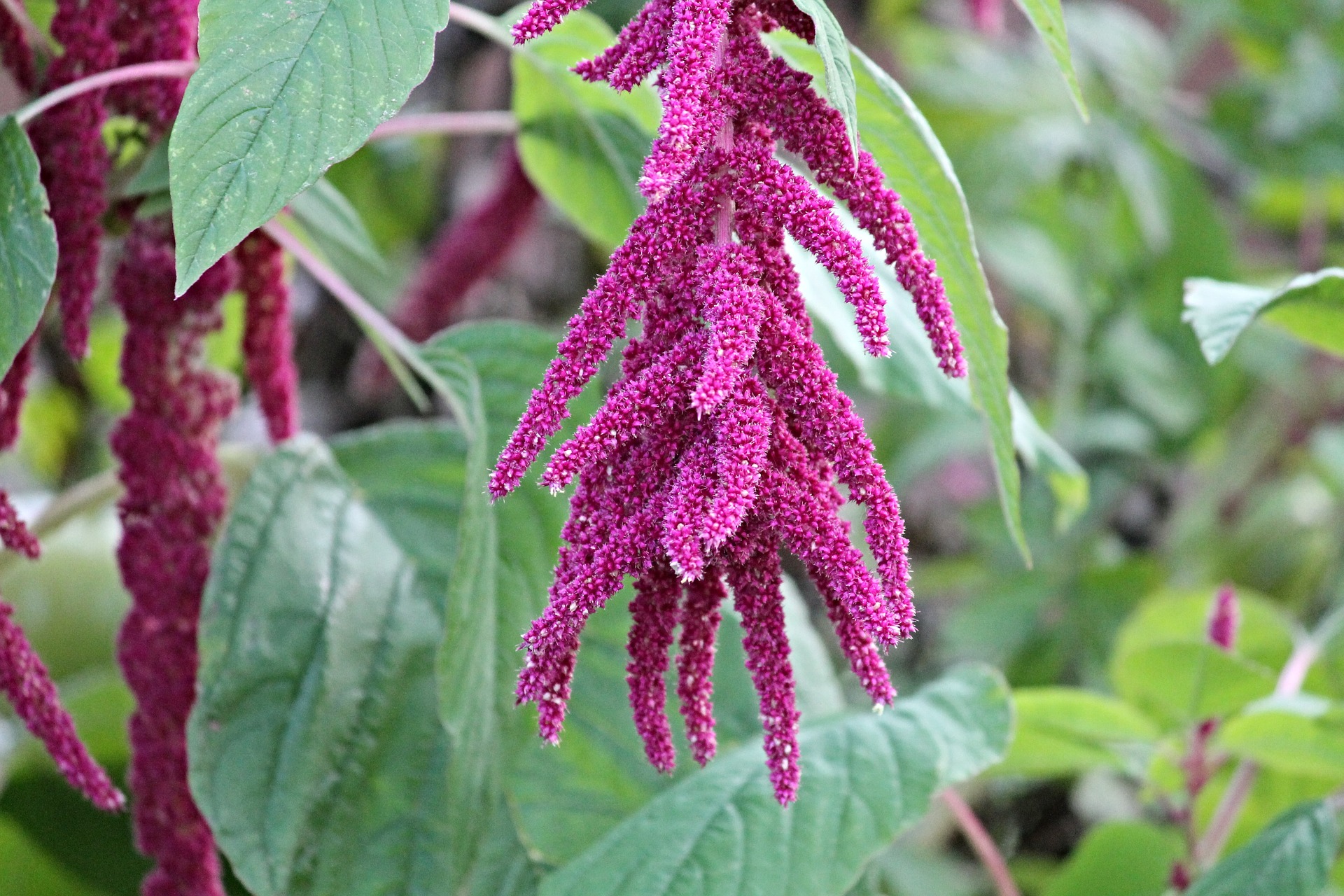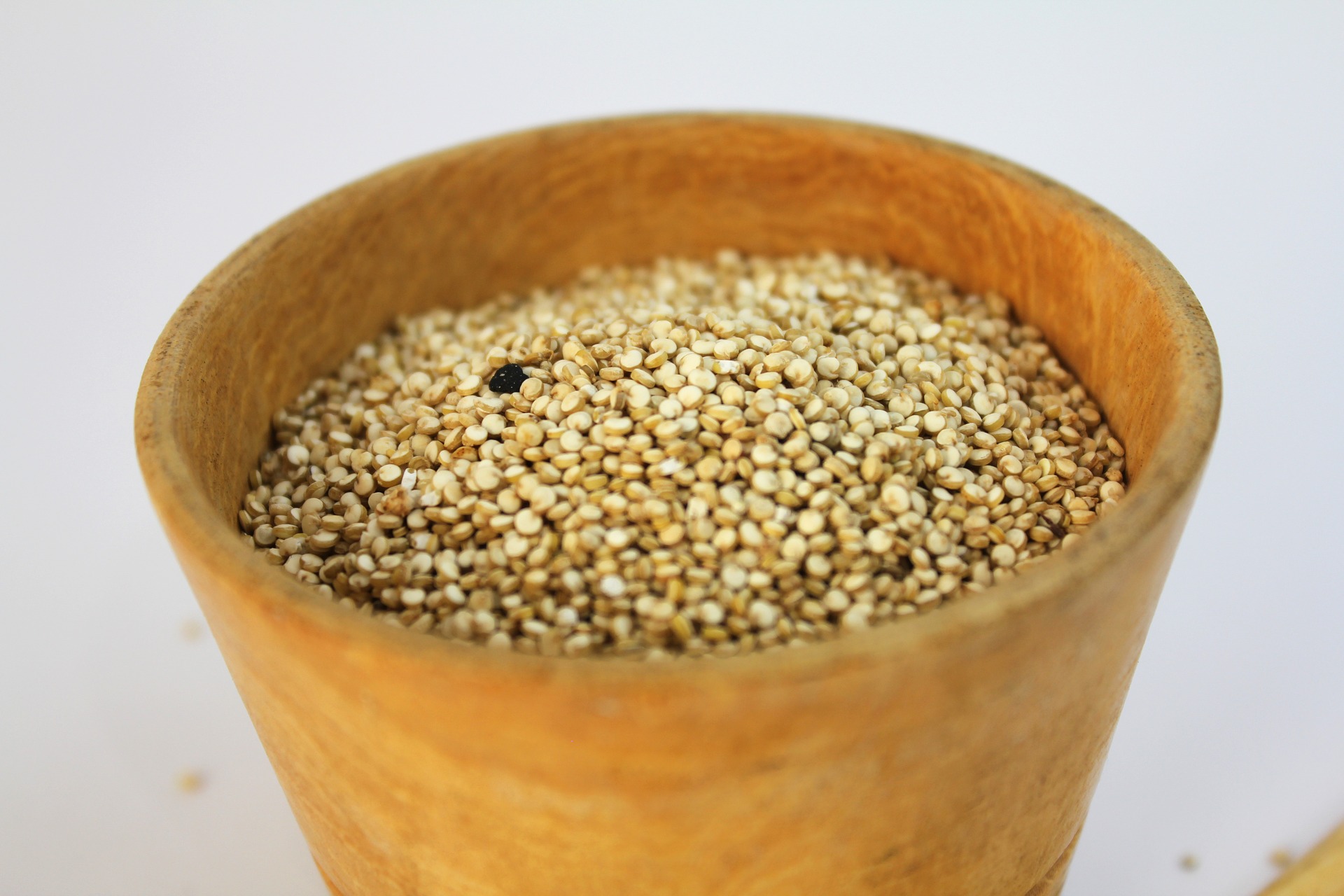Amaranth is a tall, bushy plant with edible leaves and brightly colored flowers. It is not a “true” cereal grain, but has a similar nutritional profile to other grains, with several additional benefits.

Why Eat Amaranth?
- Amaranth is a good source of protein and is high in the amino acid lysine, which is often low in grains.
- ½ cup of cooked amaranth provides about 125 calories, 5 grams of protein, and 3 grams of fiber.
- It is a good source of calcium, magnesium, iron, phosphorus, and potassium.
- It can help to decrease absorption of dietary cholesterol.
Helpful Cooking Tips
Amaranth can be cooked in water like rice. It releases a lot of starch, resulting in a thick, porridge-like texture. It can be cooked with a lot of excess water or mixed with other grains (rice, quinoa, millet, etc.) if a more “rice-like” consistency is preferred.
Try adding amaranth to breads, muffins, or as a whole-grain thickener for soups. It can also be heated in a skillet and popped like popcorn!
Did You Know?

Some estimate that amaranth was domesticated 6,000–8,000 years ago. A staple crop for the Aztecs, both the leaves and grain were used for food, and it was also incorporated into religious services. As the story goes, Spanish conquistadors outlawed the cultivation of amaranth during their attempts to convert Aztecs to Christianity. Despite those laws, amaranth survived as a crop and is currently grown and utilized all over the world.


